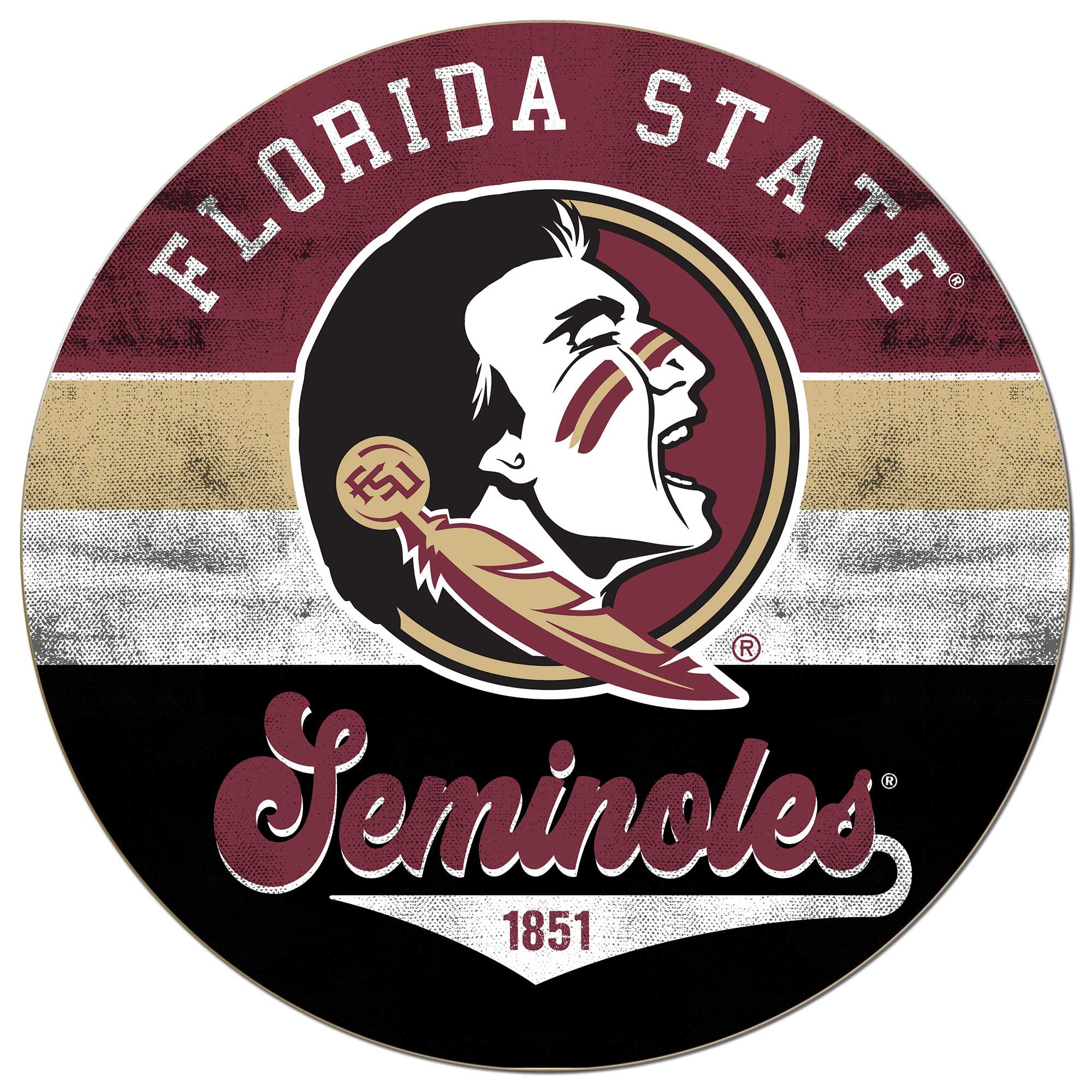
FLORIDA STATE HAVE LANDED A MASSIVE DEAL FOR $87.5 MILLION STAR RECEIVER.

In a stunning turn of events, the Florida State Seminoles have secured a groundbreaking deal, catapulting them into the national spotlight and reshaping the landscape of collegiate sports. The deal, valued at an astonishing $87.5 million, revolves around the acquisition of a star receiver whose talent transcends the boundaries of conventional football prowess.
For Florida State, this move signifies a bold declaration of intent—a statement that they are ready to compete at the highest level and reclaim their position among the elite programs in the country. While the financial magnitude of the deal may raise eyebrows and spark debates about the intersection of athletics and commerce in collegiate sports, there’s no denying the seismic impact it will have on the Seminoles’ football program.
At the heart of this unprecedented agreement is the star receiver, whose name has become synonymous with excellence on the gridiron. Blessed with unparalleled athleticism, impeccable route-running abilities, and a knack for making clutch plays in crucial moments, he has captured the imagination of football fans across the nation and emerged as a bona fide game-changer.
For Florida State, securing the services of such a transcendent talent represents more than just a strategic acquisition—it’s a transformative moment that has the potential to revitalize the entire program. With his electrifying presence on the field, the Seminoles are poised to make a resounding statement in the highly competitive landscape of college football.
But beyond the accolades and the statistics lies a deeper narrative—one that speaks to the evolving dynamics of collegiate athletics in the 21st century. In an era where the line between amateurism and professionalism is increasingly blurred, deals of this magnitude underscore the growing influence of commercial interests in shaping the trajectory of college sports.
Critics may argue that such deals risk commodifying student-athletes and compromising the integrity of amateur competition. They may raise concerns about the potential for exploitation and the widening gap between the haves and the have-nots in college athletics. Indeed, questions about the ethical implications of monetizing the talents of young athletes loom large in the collective consciousness of sports enthusiasts.
However, proponents of this new paradigm contend that it represents a natural evolution of the collegiate sports landscape—one that recognizes the intrinsic value of elite athletes and seeks to reward them accordingly. They argue that deals like the one struck by Florida State are a reflection of market forces at play and a testament to the enduring allure of college football as a multi-billion-dollar industry.

Moreover, they assert that such arrangements can serve as a powerful incentive for student-athletes to excel both on and off the field, providing them with financial security and opportunities for personal and professional development. In an era where the debate over name, image, and likeness (NIL) rights rages on, deals like this one may serve as a harbinger of a new era of empowerment for collegiate athletes.
As the dust settles and the initial shockwaves of the deal begin to subside, one thing is clear: the Florida State Seminoles have made a bold statement—one that will reverberate throughout the college football landscape for years to come. Whether this unprecedented gamble pays off remains to be seen, but one thing is certain: the eyes of the nation will be firmly fixed on Tallahassee as the Seminoles embark on this historic journey.







